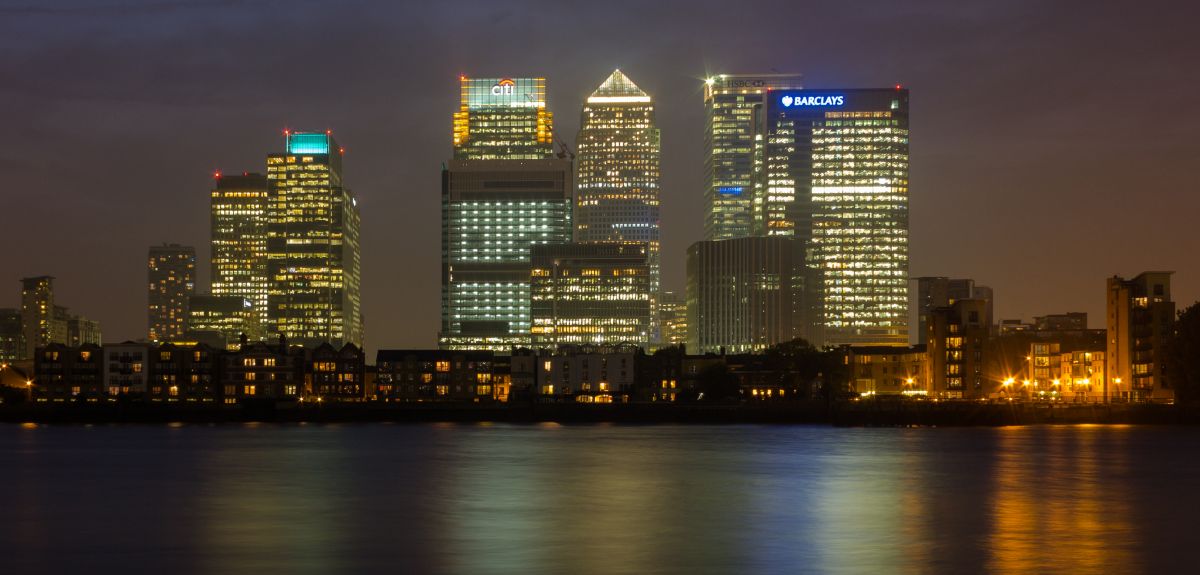
Claims of media banker bashing 'are exaggerated'
Claims that financial journalists set out to bash the bankers between 2007 and 2013 are exaggerated, says a new study published today.
The findings contradict views voiced by some in the financial industry and in existing academic literature that journalists were highly negative and overtly critical of the banking and financial institutions during that period.
Researchers from the University of Oxford and PRIME Research systematically sifted through thousands of pieces of financial news in key European newspapers from the months before the Lehman Brothers collapse of 2008.
Despite the scale of the financial and economic crisis and the number of banking scandals uncovered, they found that only one-quarter (25%) of the coverage was 'negative' in tone. A similar proportion (24%) of financial news was found to be 'positive'. Some 3% of the coverage was judged to be mixed.
For part of the study researchers looked at UK coverage specifically and found that once banks hit trouble, they are more likely to feature on the front pages of newspapers than any of the other top FTSE companies and their sectors. Such negative coverage continues well beyond the initial media frenzy, resulting in the risk of long-term reputational damage, says the research.
The study was conducted by the University's Reuters Institute for the Study of Journalism and PRIME Research (a global strategic communications research company with a UK base in Oxford). They analysed news coverage of the banking and financial industry between 1 January 2007 and 31 December 2013 in the UK, France, Germany and Italy. They looked at how banking and financial industry news was reported broadly by newspapers and also carried out an in-depth assessment of how the media covered stories about specific banks. A total of 140,000 articles were analysed, with researchers coding each story according to its tone. Nearly half of the coverage (48%) was judged to be neutral.
The researchers also tracked the volume of business news, prominence and story sources over the period. They also focused on key business reporters over the period to see whether the tone of the coverage became more negative or positive over time.
The researchers conclude that as the volume of business news rose, the tone became more negative. Banks that generated the most bad news received the most coverage. The sharpest rise in business coverage occurred in the first quarter of 2008. The bail-outs of US banks resulted in a 30% increase in business news coverage as compared with the previous year. The research reveals another spike in business news in the third quarter of 2012 when journalists reported on a wave of banking scandals.
Professor Robert G Picard, Director of Research at the Reuters Institute for the Study of Journalism, said: 'When things are going well, the media appear keen to report good news. The Royal Bank of Scotland received very positive coverage before it ran into difficulties. Our research suggests that the media does not view its role as being to bolster business in bad times or to be overly critical.
'What is clear is that when institutions suffer large losses, become financially unstable, are the subject of regulatory intervention, or become mired in scandals or legal probes, financial news suddenly becomes front page news. The amount of coverage given to business news rises in line with an increasingly negative tone. What is shown in this research is that this negativity can stick around in the news coverage for months or even years afterwards – even when that institution is no longer attracting the same level of media interest.'
 New study on Amazonia's fire crises urges action ahead of the next burning season
New study on Amazonia's fire crises urges action ahead of the next burning season
 New heart disease calculator could save lives by identifying high-risk patients missed by current tools
New heart disease calculator could save lives by identifying high-risk patients missed by current tools
 Modern Slavery and Human Rights Policy and Evidence Centre moves to Oxford University after receiving continuation funding
Modern Slavery and Human Rights Policy and Evidence Centre moves to Oxford University after receiving continuation funding
 Study shows that island bats are valuable allies for farmers
Study shows that island bats are valuable allies for farmers
 Study reveals how humanity could unite to address global challenges
Study reveals how humanity could unite to address global challenges